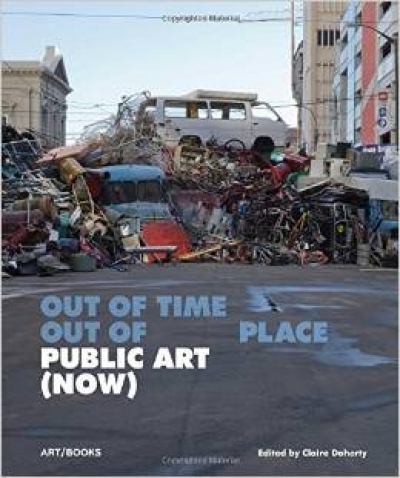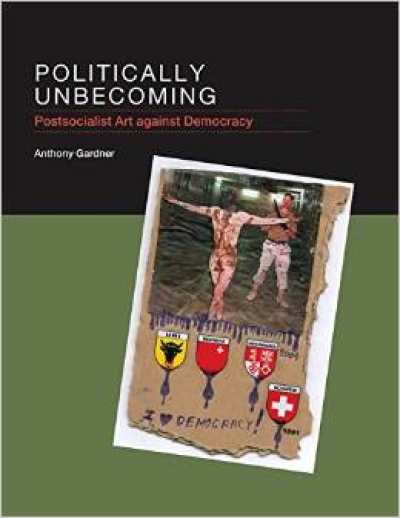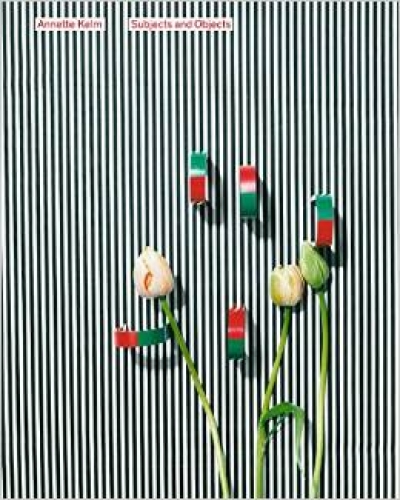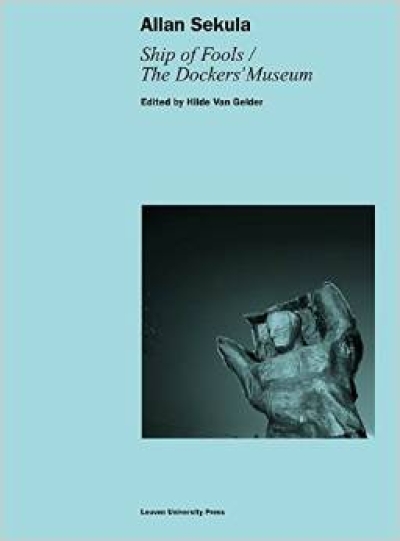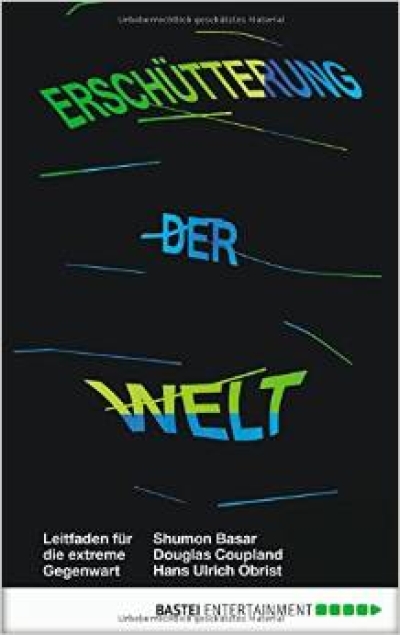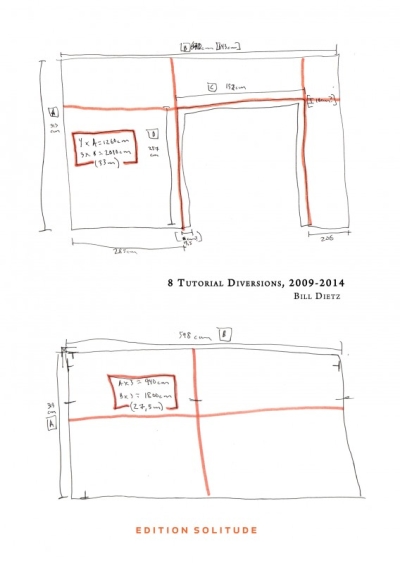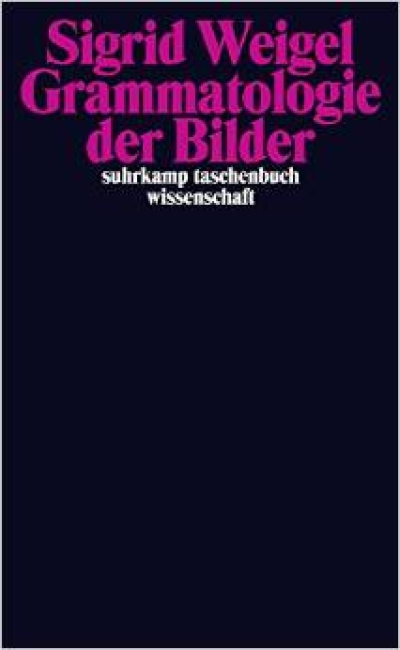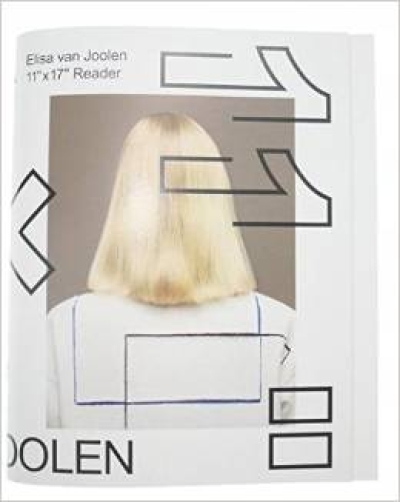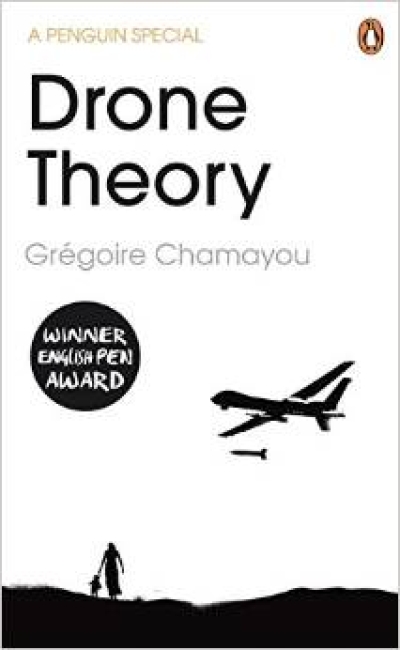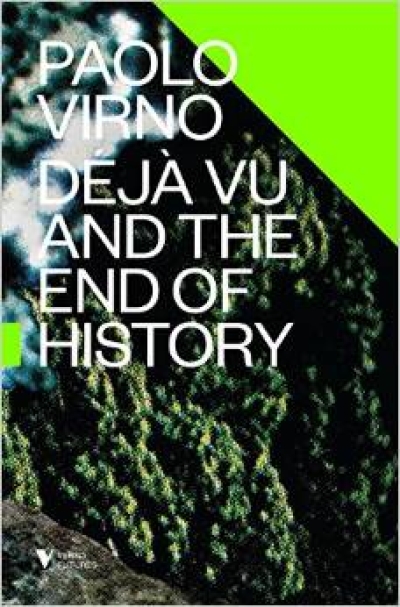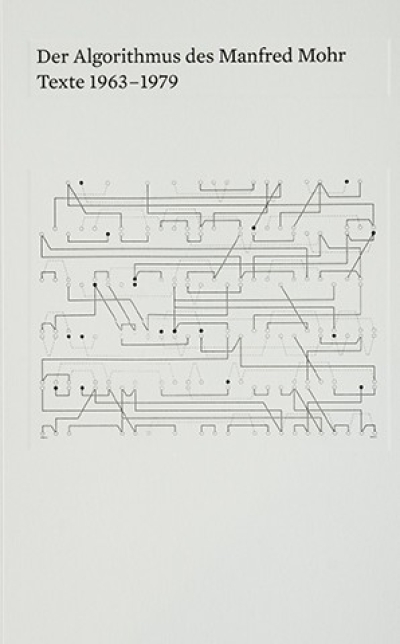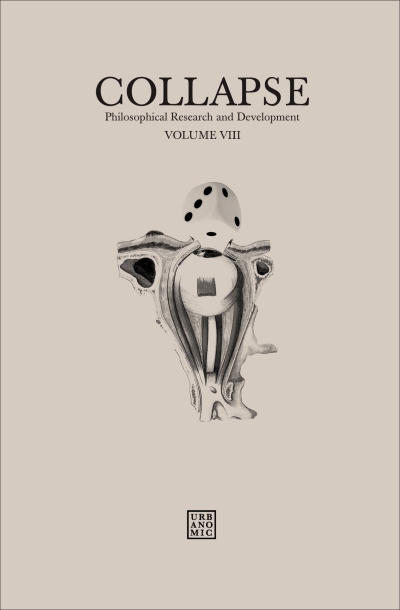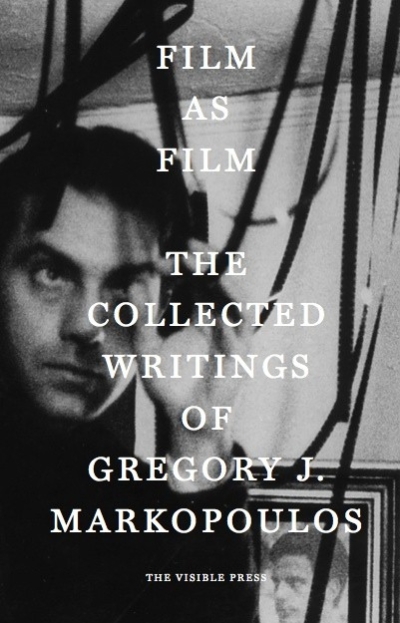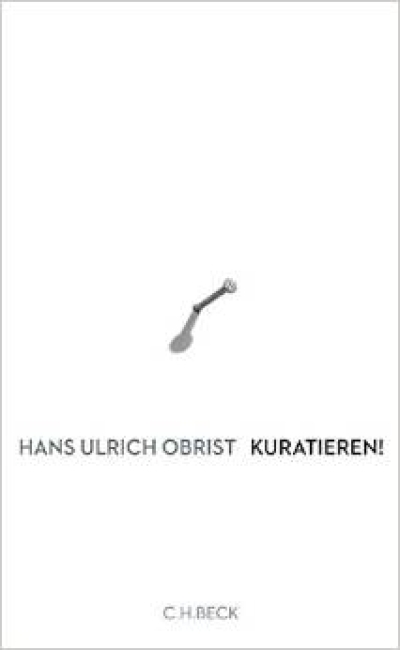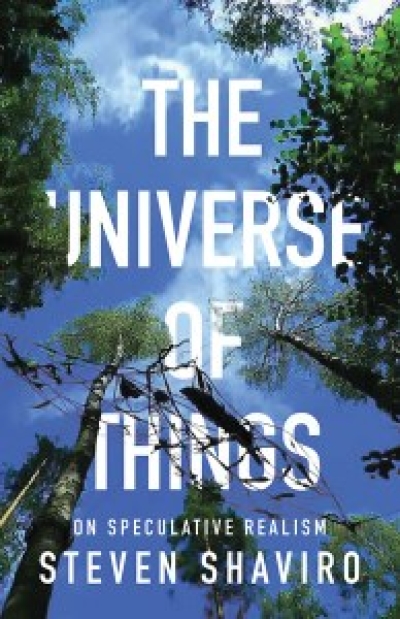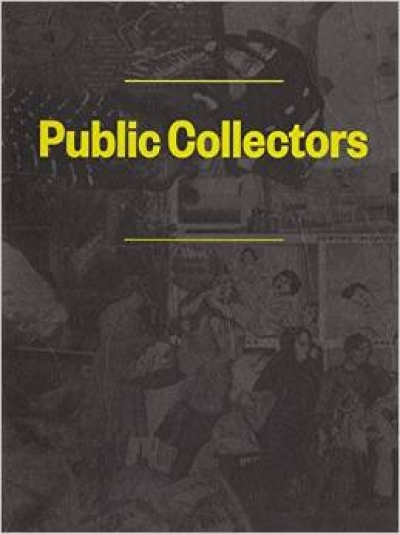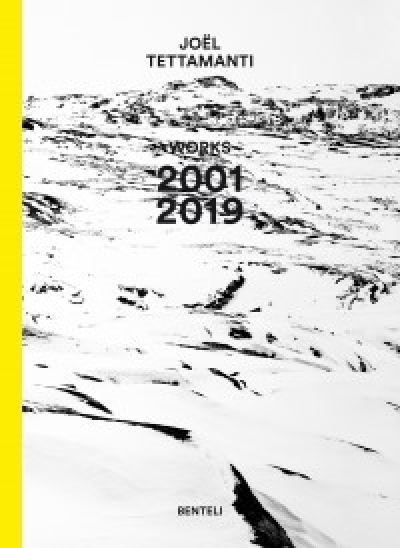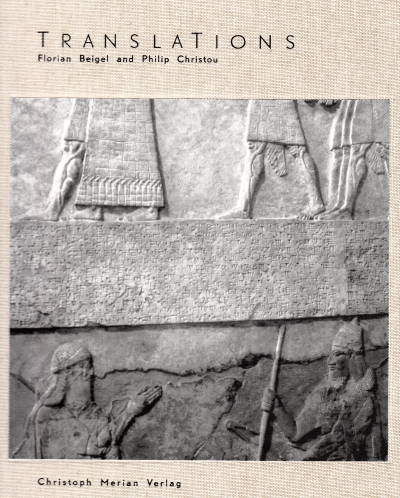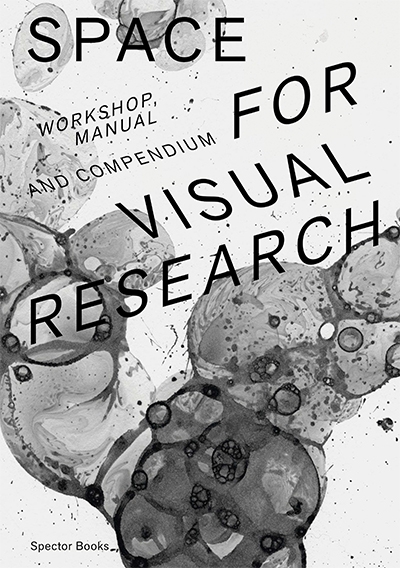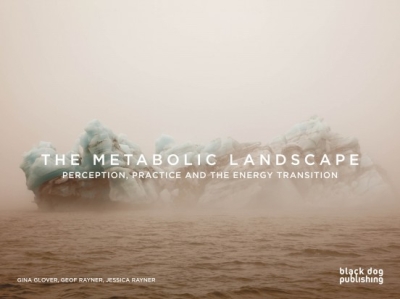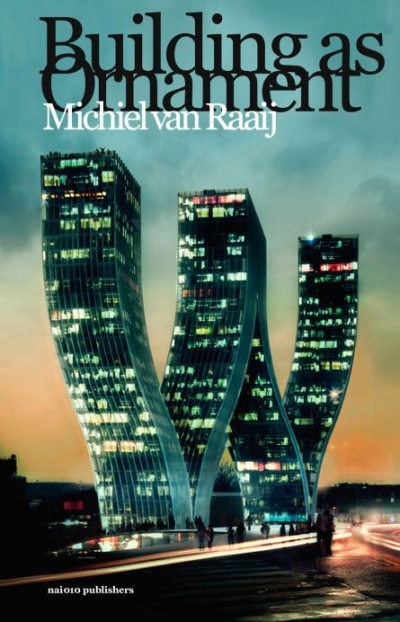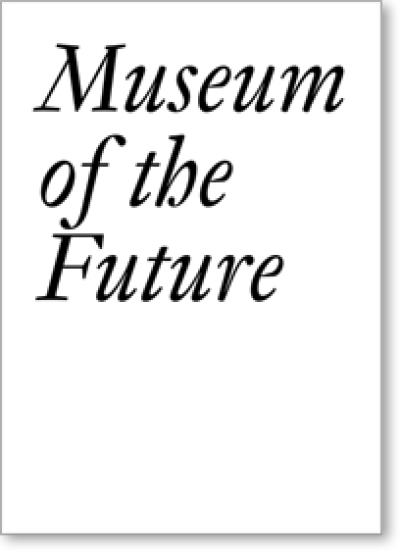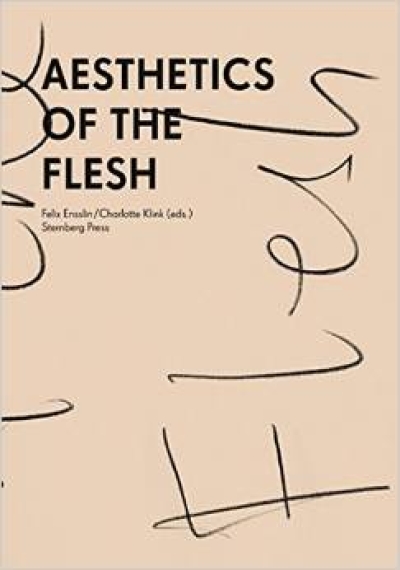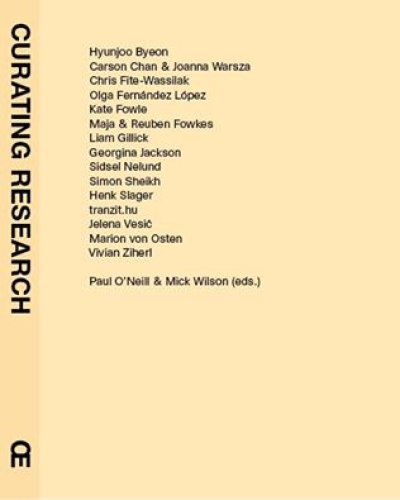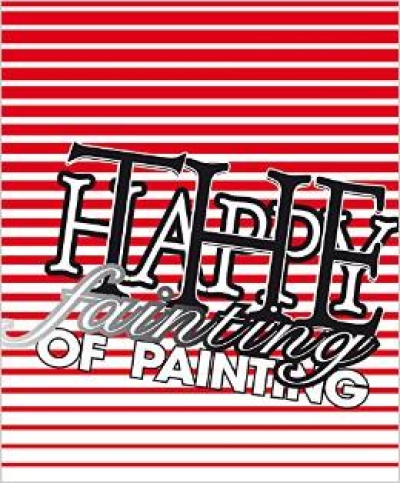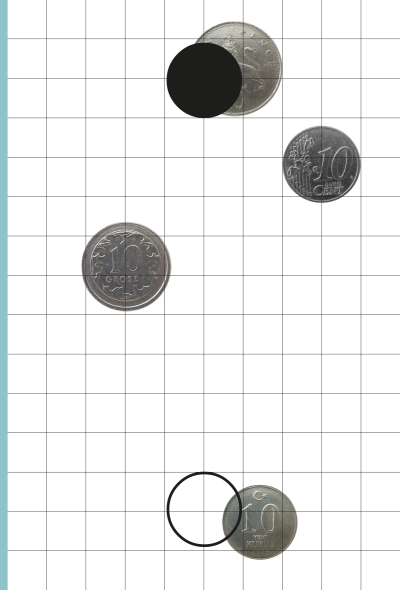
Minor Cinema. Experimental Film in Switzerland
An archeology of Swiss experimental film A comprehensive theoretical book, "Minor Cinema: Experimental Film in Switzerland" traces the evolution of Swiss experimental film addressing the relationships between contemporary art and underground movies, formal and amateur films, video, expanded cinema, and performances, national scene and international influences, with a special focus on how art schools and festivals were decisive for its development. By deciphering the fragility and ramifications of historical genealogies and challenging them by modern and scientific approaches, the book proposes an active archeology of Swiss experimental cinema, making visible the main characteristics of its specific history—a history which developed in parallel to the international evolution of marginal cinema, albeit fragmentary, often delayed, and with powerful personal, institutional, and geographic idiosyncrasies. Taking those as methodological starting points for their reflection, the editors describe Swiss experimental film as “minor cinema,” quoting American scholar Branden W. Joseph. An attempt to offer an overview of the development of Swiss experimental film practices, it includes essays, among other key protagonists and spaces of diffusion, on Robert Beavers and Gregory Markopoulos, Peter Liechti, Hans Helmut Klaus Schoenherr, Clemens Klopfenstein, the role of cinema at the Kunstalle Bern during Harald Szeemann’s curatorship, Annette Michelson, Tony Morgan, and Kurt Blum. With essays by Jean-Michel Baconnier, François Bovier, Nicolas Brulhart, Renate Buschmann, Gabriel Flückiger, Marcy Goldberg, Michael Hiltbrunner, Ute Holl, Simon Koenig, Thilo Koenig, Geneviève Loup, Adeena Mey, Vrääth Ohner, Siri Peyer, Thomas Schärer, Fred Truniger, and Ian Wooldridge.


